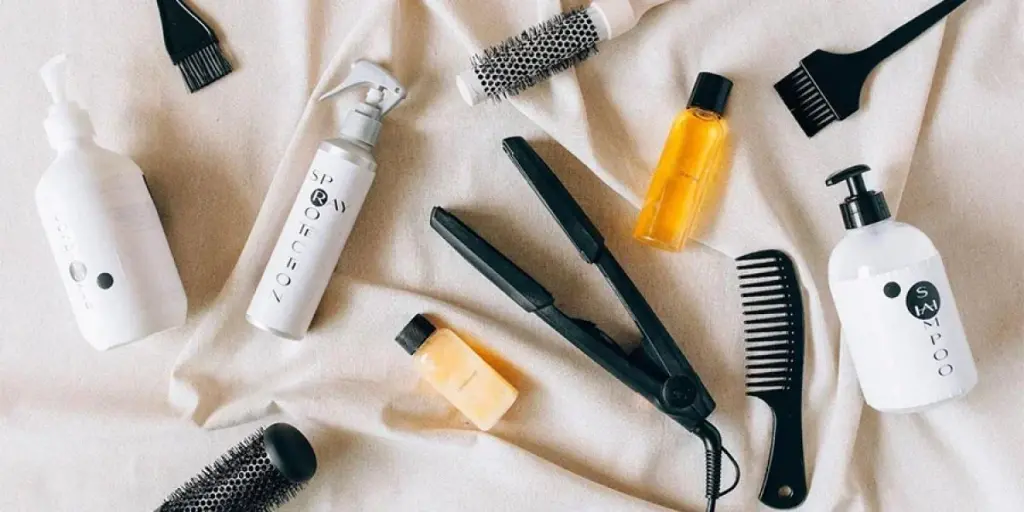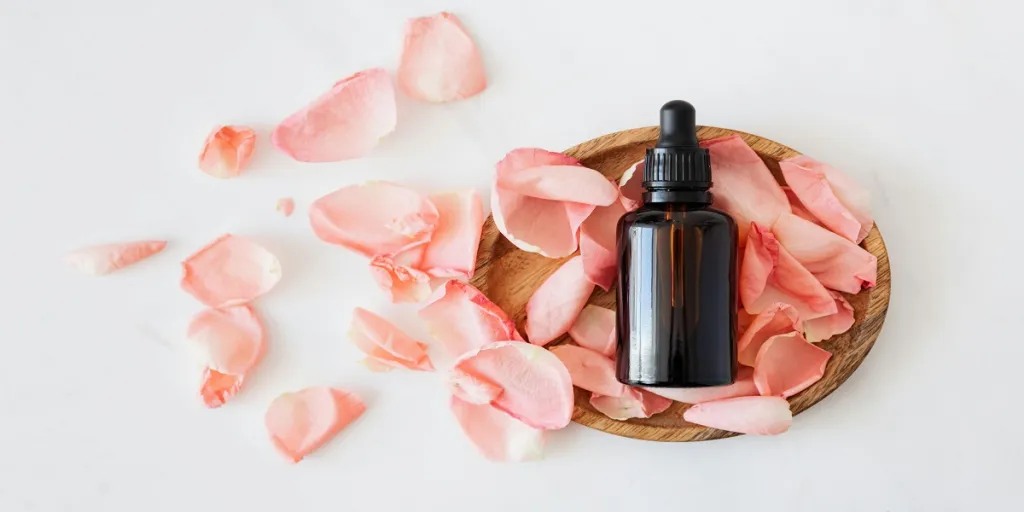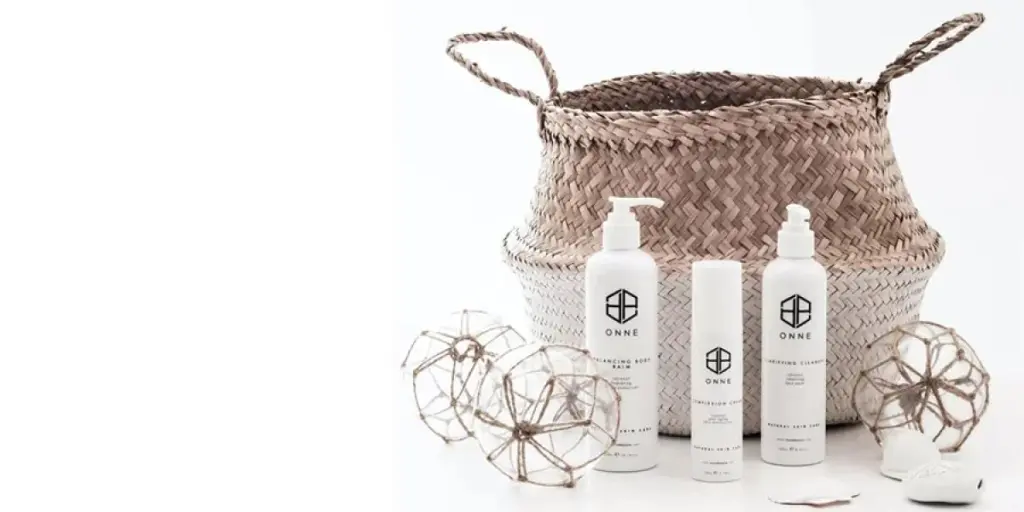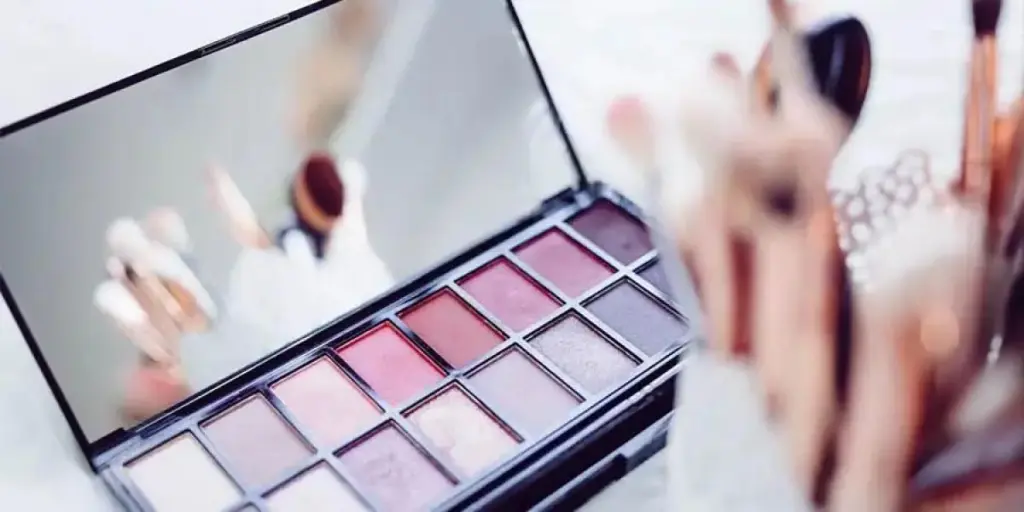In the bustling markets of Medellín, a vendor holds up a lipstick made from Amazonian annatto seeds, its vibrant red mirroring the hues of a tropical sunset. In São Paulo, a Gen Z content creator films a TikTok review of sunscreen that doubles as a blue-light shield, her caption reading: “This isn’t skincare—it’s survival.” Across Latin America, beauty is no longer just about aesthetics; it’s a dynamic interplay of tradition, technology, and rebellion. With the region’s beauty market projected to hit $48.68 billion by 2025, growing at 4.62% annually, this isn’t just an industry—it’s a movement. Let’s explore the forces driving this transformation.
Table of Contents
The Digital Native Uprising: How Gen Z is Rewiring Beauty Consumption
Climate Crisis to Counter: Beauty’s Battle Against Extreme Heat
Ancestral Algorithms: When AI Meets Indigenous Wisdom
Beauty as Protest: The Political Power of Lipstick and Nail Art
Circular Beauty: From Recycled Jars to River-Cleaning Shampoos
The Price of Progress: Navigating Affordability and Aspiration
The Road Ahead: AI, Regulation, and the Quest for Authenticity
Conclusion: Beauty as the Voice of a Continent
The Digital Native Uprising: How Gen Z is Rewiring Beauty Consumption
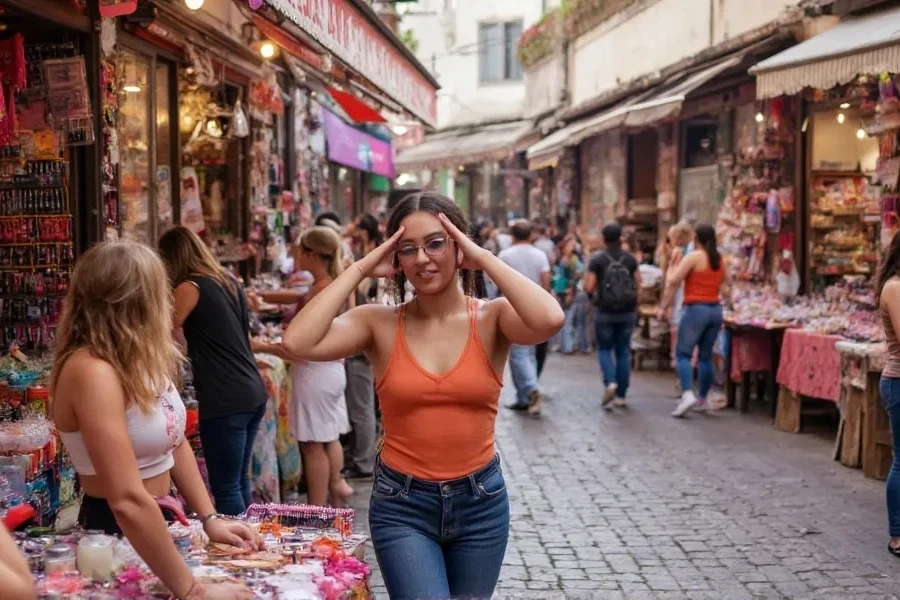
Latin America’s youth are orchestrating a quiet revolution from their smartphones. Comprising 69% of the population, Gen Z and Millennials demand more than products—they seek purpose. Take Avon’s 2023 relaunch of its Tonalizante foundation in Brazil. After years of offering only eight poorly pigmented shades, the brand faced backlash for excluding the country’s 56% Afro-descendant population. The turnaround? A collaboration with Black Brazilian dermatologists and influencers like Jessica Santos, who shared raw videos of her struggles to find matching foundation. The resulting 24-shade range, packaged in PCR plastic sourced from Rio’s Guanabara Bay, sold out within hours. Sales skyrocketed 300%, but the real victory was in the comments: “Finally, my skin isn’t an afterthought,” wrote user @CabeloCrespoGuerreiro.
This shift reflects a broader trend. A 2024 Euromonitor survey revealed that 62% of LATAM Gen Z consumers prefer brands that openly share supply chain details—down to the wages of herb pickers in the Andes. Argentine perfume house Fueguia 1833 capitalized on this by livestreaming the harvest of Patagonian calafate berries for their Bálsamo del Sur fragrance. Viewers watched in real time as Indigenous Mapuche workers handpicked ingredients, their stories woven into the product’s digital passport. The result? A 200% increase in cross-border sales to Europe, proving ethics can be as viral as any TikTok trend.
Climate Crisis to Counter: Beauty’s Battle Against Extreme Heat
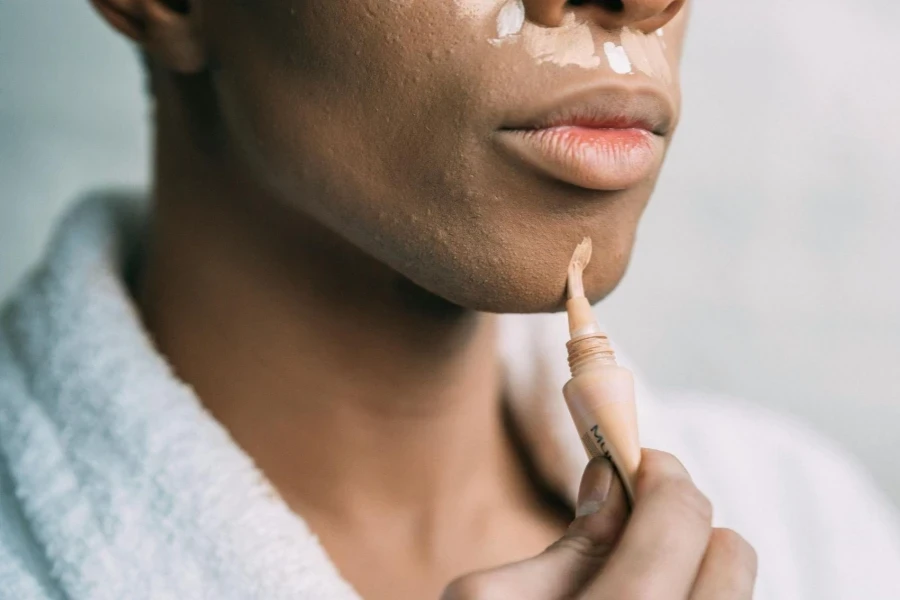
As thermometers shatter records, LATAM brands are reimagining beauty staples for a hotter, harsher world. In Mexico City, where temperatures now regularly hit 95°F, local brand Olé Cosméticos engineered a heat-defying haircare line inspired by an unlikely source: volcanic rock. Their Emergencia Capilar cream, infused with silica from Popocatépetl’s ash, forms a protective seal around hair strands at 450°F—a feat demonstrated in a viral TikTok experiment where a stylist blow-dried hair drenched in the formula, then pressed it with a flatiron. The hair emerged glossy, not fried. “It’s like a force field against climate anxiety,” quipped beauty blogger Mariana Lozano.
Meanwhile, Brazilian chemists are rethinking sun protection. Sallve’s SPF 90 Hybrid Stick, launched during the 2023 heatwave, combines zinc oxide with blue-light-filtering lutein and pollution-neutralizing spirulina. The twist? Its texture adjusts to skin temperature, turning powdery in Rio’s humidity but creamy in air-conditioned offices. Early adopters included unlikely ambassadors: Colombian priests, who praised its “non-greasy sanctity” in YouTube reviews filmed inside sweltering churches.
Ancestral Algorithms: When AI Meets Indigenous Wisdom

In Lima, a Quechua-speaking AI named Kuska (“together” in Quechua) is bridging ancient rituals and modern science. Developed by Peruvian startup Allpa, the algorithm analyzes centuries-old herbal manuscripts to predict which Amazonian plants could solve modern skincare woes. Its first breakthrough: a lichen called ticlla ticlla, used by Inca midwives for postpartum healing. Partnering with dermatologists, Allpa isolated a molecule that accelerates wound healing by 40%—now the star of their Qori Inti serum, which sold out in 72 hours despite its $120 price tag.
Fragrance brands, too, are mining history. Nicaraguan perfumer Juanita Fernández’s Memoria de la Tierra collection features Xochitl, a scent capturing the olfactory essence of Tenochtitlan before Spanish colonization. Using pollen samples from Aztec archaeological sites and AI-reconstructed recipes, she layered Mexican tuberose, smoked copal, and the saline tang of Lake Texcoco. The perfume’s launch event? A virtual reality journey through pre-colonial Mexico, accessed via QR code on each bottle.
Beauty as Protest: The Political Power of Lipstick and Nail Art
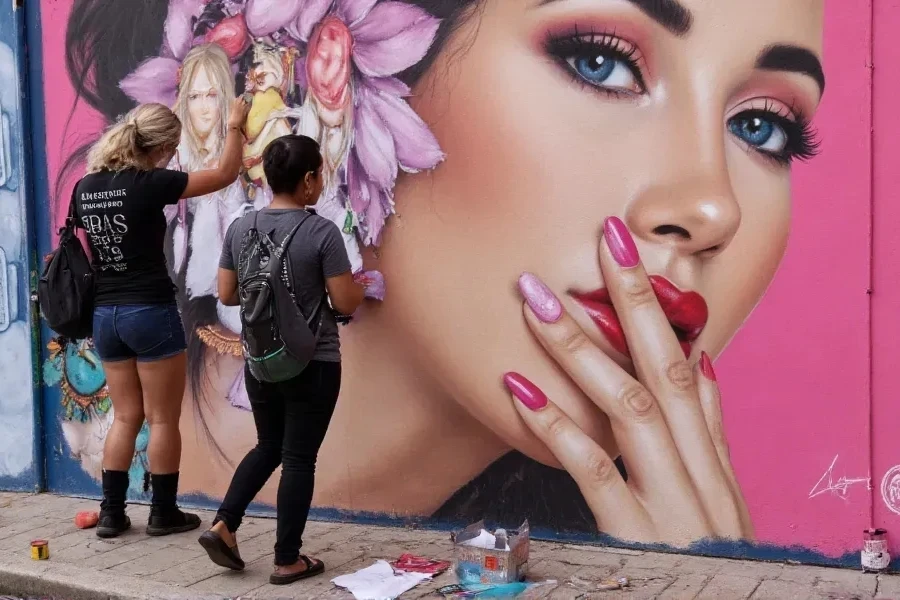
In Chile’s 2023 constitutional protests, beauty became a canvas for dissent. Nail artist collectives like Unhas da Resistência set up booths near Santiago’s Plaza Italia, offering free manicures with designs featuring feminist slogans (“El patriarcado se cae”) and Mapuche resistance symbols. Violetta, a local indie brand, released limited-edition nail wraps adorned with protest art—50% of profits funded legal aid for arrested demonstrators. “Our nails are tiny billboards for revolution,” said founder Antonia Vargas, whose Protesta Collection saw a 700% sales surge.
Even perfume is weaponized. During Argentina’s 2024 economic meltdown, Buenos Aires perfumery Fueguia 1833 launched Inflación, a scent blending bitter orange (representing currency devaluation) and honeyed heliotrope (hope). Each spray released a QR code linking to inflation-tracking tools. Critics called it a gimmick; buyers called it catharsis. “It smells like my salary evaporating,” joked customer Lucía Márquez, “but at least it’s honest.”
Circular Beauty: From Recycled Jars to River-Cleaning Shampoos
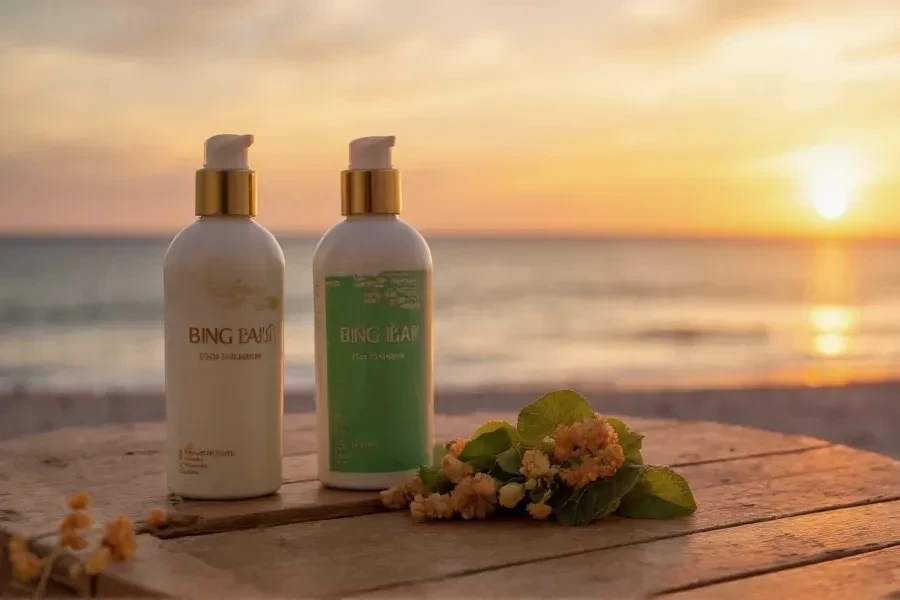
While Western brands tout recyclable packaging, LATAM innovators are building circular ecosystems. Take Natura’s Ekzos haircare line, co-created with Amazonian communities. The bottles, embedded with tucumã palm seeds, transform into trees when planted. But the real magic lies in the formula: enzymes derived from Amazonian fungi break down microplastics in waterways. In tests along the Negro River, areas near communities using Ekzos showed a 35% reduction in plastic waste—a statistic Natura broadcasts via blockchain-enabled packaging that traces its journey from forest to shower.
Colombian brand Olera takes it further. Their Ti35 Biotechnology uses enzymes from coffee waste to decompose landfill-bound beauty products. A pilot in Bogotá diverted 12 tons of expired makeup from dumps in six months. “We’re not just reducing waste,” said CEO Camila Rojas. “We’re teaching bacteria to eat eyeliner.”
The Price of Progress: Navigating Affordability and Aspiration
Luxury may dominate headlines, but 60% of LATAM consumers earn under $500 monthly. Brands like Ésika address this with Preciosa, a line of $3 lipsticks in recycled aluminum tubes. Marketed as “little luxuries,” they feature nourishing ingredients like maracujá oil—a stark contrast to the parched, chalky formulas once standard at this price. In Argentina, where inflation hit 211% in 2023, direct-selling giant Yanbal introduced refillable mascara pods priced at two empanadas’ worth. “Beauty isn’t a luxury here,” said Buenos Aires makeup artist Soledad. “It’s armor for surviving chaos.”
The Road Ahead: AI, Regulation, and the Quest for Authenticity
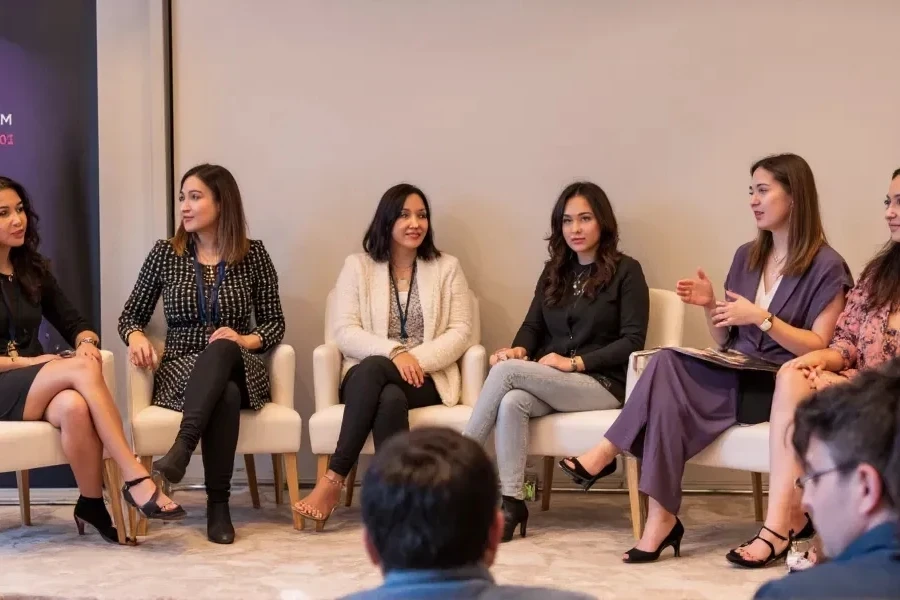
As LATAM’s beauty market matures, challenges loom. Brazil’s ANVISA now mandates climate impact labels—a win for transparency but a burden for small brands. Mexican AI startup Bellezana offers a lifeline: its skin-analysis mirror, trained on 15 ethnic phenotypes, helps indie brands formulate inclusive products. Early user Carla, a Mexico City-based entrepreneur, reduced her inventory waste by 30% using its hyper-local recommendations.
Yet, cultural authenticity remains the ultimate litmus test. When global brand Fenty launched a “tropical-inspired” collection in 2024, its campaign featuring non-LATAM models sparked backlash. In contrast, Afro-Colombian brand Afrodita’s Raíces line—showcasing Chocó-region ingredients and models with natural afros—saw a 150% revenue jump. The lesson? As Gen Z blogger Valeria posted: “We don’t want your version of us. We want us.”
Conclusion: Beauty as the Voice of a Continent
From the favelas to the cloud forests, Latin America’s beauty revolution pulses with urgency and ingenuity. This is a market where sunscreen becomes a climate manifesto, where perfume bottles sprout into trees, and where every lipstick sale can fund legal aid. For global brands, success here requires more than translation—it demands immersion. Listen to the Quechua elders decoding plant genomes. Watch the Gen Z creators turning TikTok into a justice platform.
And remember: in LATAM, beauty isn’t just skin deep. It’s the heartbeat of resistance, the algorithm of ancestry, and the blueprint for a sustainable future—one where every product tells a story the world needs to hear.

